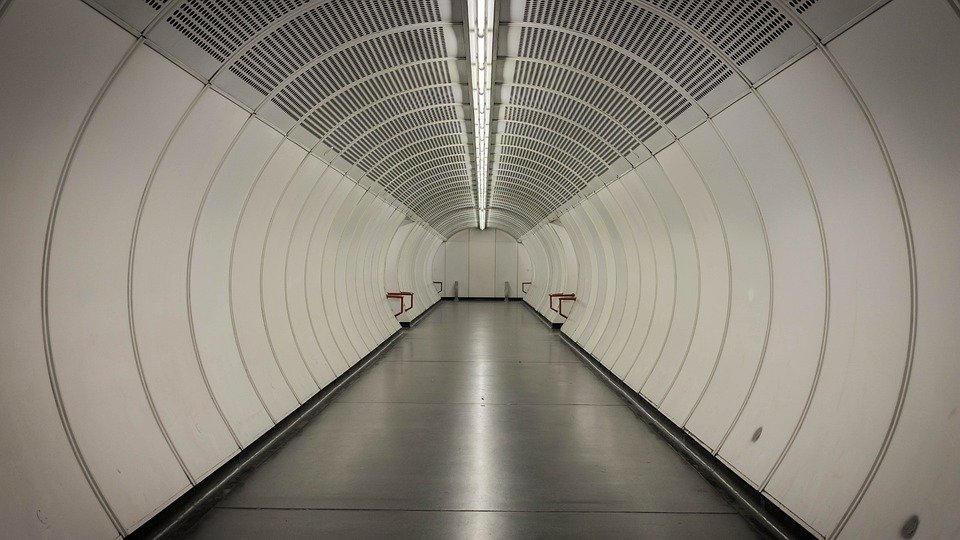NFTs: An Opportunity for Artists or a Bubble Waiting to Burst?
Over the past year, Non-Fungible Tokens (NFTs) have exploded in popularity, capturing the attention of artists, collectors, and investors alike. These digital assets, which represent ownership or proof of authenticity of a unique item or piece of content, have opened up new avenues for artists to monetize their work in the digital realm. However, as with any rapidly growing market, questions arise about the sustainability and longevity of this trend. Are NFTs truly an opportunity for artists, or are we witnessing a bubble waiting to burst?
For artists, NFTs offer a revolutionary way to sell their work directly to fans and collectors, bypassing traditional gatekeepers like galleries or auction houses. This democratization of the art world is incredibly empowering, enabling artists to retain control over their creations and receive a fair share of the profits. Additionally, NFTs provide artists with the ability to earn ongoing royalties whenever their work is resold, ensuring a continuous revenue stream and long-term financial stability.
Moreover, NFTs have the potential to address some long-standing issues in the art world, such as provenance and authenticity. With each token being unique and recorded on a blockchain, the technology behind NFTs allows for transparent ownership records and an immutable history of transactions. This not only provides artists with a means to prove the originality and authenticity of their work but also protects collectors from purchasing counterfeit or stolen art.
However, critics argue that the NFT market is nothing more than a speculative bubble, similar to the dot-com bubble of the late 1990s or the housing bubble of the mid-2000s. They point out the exorbitant prices some NFTs have fetched, with digital artworks selling for millions of dollars. Detractors argue that these prices are not reflective of the artwork’s intrinsic value but rather fueled by hype and speculation. They warn that once the hype dies down, the market could collapse, leaving many investors and artists in a precarious position.
Furthermore, concerns have been raised about the environmental impact of NFTs. The energy consumption associated with blockchain technology, particularly in the case of Ethereum-based NFTs, has been criticized for its carbon footprint. Artists who embrace NFTs need to be mindful of the environmental implications and consider more sustainable alternatives or platforms.
While it is impossible to predict the future with absolute certainty, it is crucial to approach the NFT market with caution and a critical eye. Artists should carefully weigh the potential benefits against the risks and be aware of the speculative nature of the market. As with any investment, diversification and thorough research are key. Artists should not solely rely on NFTs as their primary source of income but rather view them as one tool in a broader strategy.
Ultimately, NFTs have undoubtedly provided a remarkable opportunity for artists to explore new revenue streams, connect with their audience directly, and gain greater control over their work. However, it is essential to approach this emerging market with a balanced perspective, acknowledging the potential for both success and volatility. By staying informed, artists can make informed decisions that align with their artistic vision and financial goals, ensuring that they can navigate the NFT landscape whether it proves to be a lasting trend or a bubble waiting to burst.

